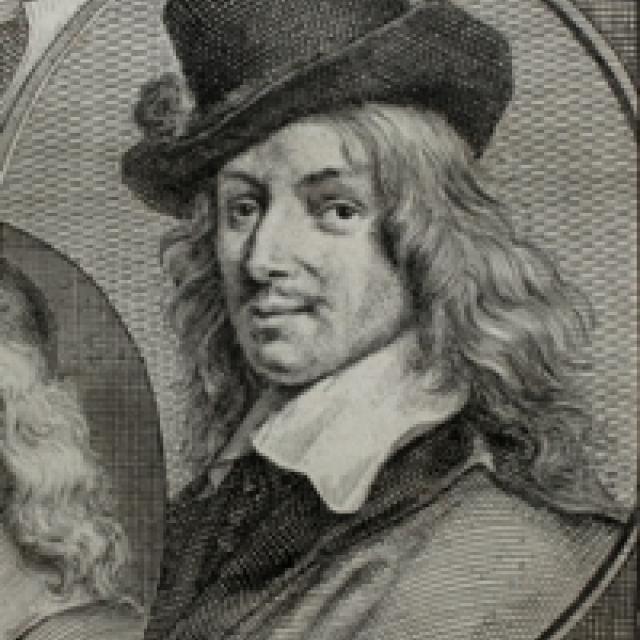
Frans Hals
Bibliography
1618
Mander, Karel van. Het Schilder-boek. 2nd ed. Amsterdam, 1618: fol. 130.
1628
Ampzing, Samuel. Beschrijvinge ende lof der stad Haerlem in Holland. Haarlem, 1628: 371.
1648
Schrevelius, Theodorus. Harlemias, ofte, De eerst stichtinghe der stad Haarlem. Reprinted in 1754. Haarlem, 1648: 289.
1753
Houbraken, Arnold. De Groote Schouburgh der Nederlantsche Konstschilders en Schilderessen. 3 vols. in 1. The Hague, 1753 (Reprint: Amsterdam, 1976): 1:90-95.
1871
Bode, Wilhelm von. "Frans Hals und seine Schule." Jahrbuch für Kunstwissenschaft 4 (1871): 1-66.
1907
Hofstede de Groot, Cornelis. A Catalogue Raisonné of the Works of the Most Eminent Dutch Painters of the Seventeenth Century. 8 vols. Translated by Edward G. Hawke. London, 1907-1927: 3(1910):1-139.
1921
Valentiner, Wilhelm R. Frans Hals. Stuttgart and Berlin, 1921; 2d ed., Stuttgart, Berlin, and Leipzig, 1923.
1962
Slive, Seymour. Frans Hals: Exhibition on the Occasion of the Centenary of the Municipal Museum at Haarlem, 1862-1962. Exh. cat. Frans Halsmuseum, Haarlem, 1962.
1970
Slive, Seymour. Frans Hals. 3 vols. London and New York, 1970-1974.
1972
Grimm, Claus. Frans Hals: Entwicklung, Werkanalyse, Gesamtkatalog. Berlin, 1972.
1974
Jowell, Frances Suzman. "Thoré-Bürger and the Revival of Frans Hal." The Art Bulletin 56, no. 1 (March 1974): 101-117.
1981
Baard, H. P. Frans Hals. New York, 1981.
1988
Middelkoop, Norbert, and Anne van Grevenstein. Frans Hals: Life, Work, Restoration. Amsterdam, 1988.
1989
Slive, Seymour. Frans Hals. Exh. cat. National Gallery of Art, Washington, D.C.; Royal Academy of Arts, London; Frans Hals Museum, Haarlem. London, 1989.
1990
Grimm, Claus. Frans Hals: The Complete Work. Translated by Jürgen Riehle. New York, 1990.
1991
MacLaren, Neil. The Dutch School, 1600-1900. Revised and expanded by Christopher Brown. 2 vols. National Gallery Catalogues. London, 1991: 1:154-155.
1995
Wheelock, Arthur K., Jr. Dutch Paintings of the Seventeenth Century. The Collections of the National Gallery of Art Systematic Catalogue. Washington, D.C., 1995: 65-66.
2006
Van Thiel-Stroman, Irene. "Frans Hals." In Painting in Haarlem 1500-1850: The Collection of the Frans Hals Museum. Edited by Pieter Biesboer and Neeltje Köhler. Translated by Jennifer Kilian and Katy Kist. Ghent, 2006: 178-184.












